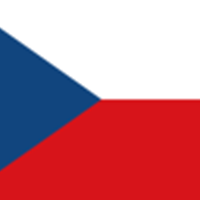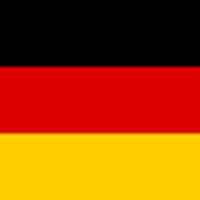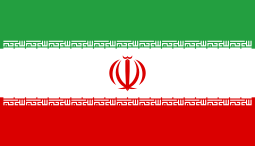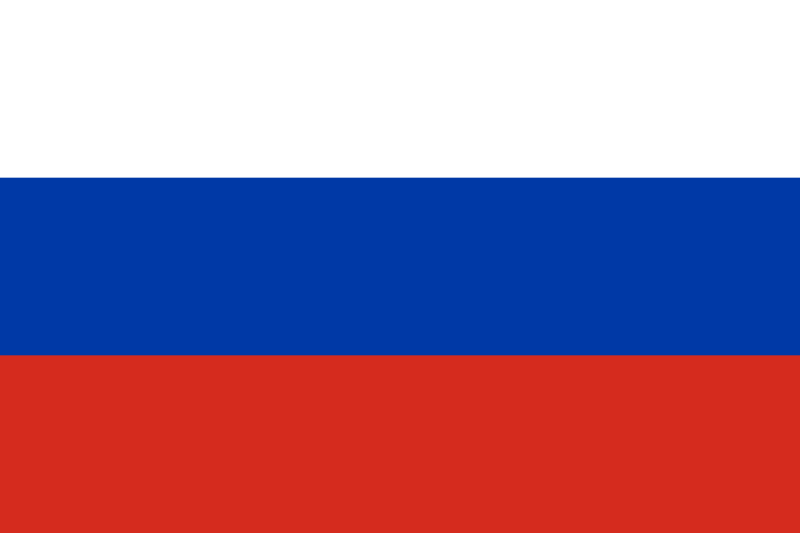Pre Ecolier Level (Class I & II)
Scope of questions: Life Cycle, Motion, Classification, Environment, Plants, Animals, Human Body, Food, Housing and Clothing, Family and Festivals, Occupations, Good Habits and Safety Rules, Transport and Communication, Air, Water, Patterns, Measuring Units, Geometrical Shapes, Analogy, Living and Non-living Things.
Ecolier Level (Class III & IV)
Scope of questions: Life Cycle, Environment, Patterns, Motion, Geometrical Shapes and Solids, Comparison, Direction Sense Test, Matter and Materials, Our Environment, Days and Dates & Possible Combinations, Analogy and Classification, Plants, Animals, Food, Clothing.
Benjamin Level (Class V & VI)
Scope of questions: Animals, Reactions, Neutralization, Preiodicity, Metal, Non Metal, Force, Charges, Waves, Human Body and Health, Plants and Food, Natural Resources, Pollution and Calamities, Earth and Universe, Matter, Force, Work and Energy, Verbal and Non-Verbal Reasoning, Motion and Measurement of Distances, Light, Electricity, Patterns, Analogy and Classification, Coding-Decoding, Geometrical Shapes, Mirror Images, Embedded Figures, Living Organisms and Their Surroundings, Food and its Components, Fiber and Fabrics, Direction Sense, Comparison, Fun with Magnets, Air and Water, Sorting and Separation of Materials, Changes around us, Thermal Phenomena, Sound.
Cadet Level (Class VII & VIII)
Scope of questions: Reactions, Neutralization, Periodicity, Metal, Non Metal, Combustion, Force, Charges, Waves, Conservation of Plants and Animals, Cell, Reproduction in Animals, Force and Pressure, Friction, Sound, Verbal and Non-Verbal Reasoning, Crop Production and Management, Microorganisms, Synthetic Fibers and Plastics, Metals and Non-metals, Electricity, Some Natural Phenomena, Light, Stars and Solar System, Pollution of Air and Water, Thermal Phenomena, Optics, Electricity and Magnetism, Mechanical Equilibrium of Bodies, Work and Energy, Elementary Knowledge about Mechanics of Fluids, Thermodynamics, Molecules and Atoms.
Junior Level (Class IX & X) & Student Level (Class XI & XII)
Scope of questions (PHYSICS): MECHANICS Physical Quantities and Measurement Physical quantities, International system of units, Prefixes (multiples and sub multiples), Standard form/scientific notation, Measuring instruments.
Kinematics Rest and motion,Type of motion (Translatory, rotatory, vibratory), Terms associated with motion (Position, Distance and Displacement, Speed and Velocity, Acceleration), Scalars and Vectors, Graphical analysis of Motion (Distance-time graph, Speed-time graph), Equations of Motion, Motion due to gravity.
Dynamics Momentum, Newton’s laws of motion, Friction, Uniform circular motion.
Turning Effect of Forces Forces on bodies, Addition of forces, Resolution of forces, Moment of a force, Principle of moments, Centre of mass, Couple, Equilibrium, Stability.
Gravitation Law of gravitation , Measurement of mass of Earth, Variation of ‘g’ with altitude, Motion of artificial satellites (simple treatment).
Work and Energy Work, Energy forms, Kinetic energy and Potential energy, Major sources of energy, Efficiency, Power.
Properties of Matter Kinetic molecular model of matter, Density, Pressure, Atmosphere pressure, Pressure in liquids, Up thrust, Principle of floatation, Elasticity, Stress, strain and Young’s modulus.
HEAT: Thermal Properties of Matter Temperature and heat, Thermometer, Specific heat capacity, Latent heat of fusion, Latent heat of vaporization, Evaporation, Thermal Expansion.
Transfer of Heat The three process of heat transfer, Conduction, Convection, Radiation, Consequences and everyday application of heat transfer
OSCILLATIONS AND WAVES: Simple harmonic motion & waves Motion of mass attached to a spring, Simple pendulum, Waves, their nature and type Properties of waves.
Sound Sound waves, Speed of sound, Characteristics of sound, Noise pollution, Audible frequency range , Ultrasound.
Geometrical Optics Reflection of light, Image location by spherical mirror equation, Refraction of light, Total internal reflection, Refraction through a prism, Image location by lens equation, Magnifying power and resolving power, Compound microscope, Telescope, Defects in vision.
ELECTRICITY & MAGNETISM: Electrostatics Electric charge, Electrostatic induction, Electroscope, Coulomb’s law, Electric field and its intensity, Electrostatic potential, Applications of electrostatic, Capacitors and capacitance, Different types of capacitors.
Current Electricity Electric current, Potential difference and emf , Ohm’s law, Resistance, series and parallel combinations, The I-V characteristics for Ohmic and non Ohmic conductors, Electrical power and Joule’s law, Use of circuit components, Measuring instruments (voltmeter, galvanometer, ammeter), Alternating current A.C, Safety measures.
Electromagnetism Magnetic effect of a steady current, Force on a current carrying conductor in a magnetic field, Turning effect on a current carrying coil in a magnetic field, D.C motor, Electromagnetic induction, A.C generator, Mutual Induction, Transformer.
Introductory Electronics Thermionic emission, Electron gun and cathode rays, Deflection of electron by electric field, Deflection of electron by magnetic field, Cathode rays oscilloscope (CRO), Analogue and digital electronics, Logic gates.
ATOMIC AND NUCLEAR PHYSICS: Radioactivity Atom and Atomic nucleus, Natural radioactivity, Natural transmutations, Background radiation, Half life, Radio isotopes, Fission and fusion, Hazards and safety measures.
Scope of questions (CHEMISTRY): Elements, Compounds and Mixtures, Atomic Number, Mass Number, Relative Atomic Mass and Atomic Mass Unit, Empirical Formula, Molecular Formula, Molecular Mass and Formula Mass, Chemical Species, Ions (Cations, Anions), Molecular Ions and Free Radicals, Types of Molecules (Monatomic, Polyatomic, Homoatomic, Heteroatomic), Avogadro’s Number and Mole, Avogadro’s Number, Mole, Gram Atomic Mass, Gram Molecular and Gram Formula Mass, Chemical Calculations, Mole-Mass Calculations, Mole-Particle Calculations, Structure of Atoms, Theories of Atomic Structure, Isotopes, Periodic Table and Periodicity of Properties, Atomic Size, Ionization Energy, Electron Affinity, Shielding Effect, Electronegativity, Structure of Molecules, Chemical Bonds, Intermolecular Forces, Dipole-Dipole Interactions, Hydrogen Bonding, Nature of Bonding and Properties, Ionic Compounds, Covalent Compounds, Polar and Non-Polar Compounds, Metals, Physical States of Matter, Boyle’s Law, Charles’s Law, Evaporation, Vapour Pressure, Boiling Point, Freezing Point, Diffusion, Mobility, Density and Factors affecting them, Melting Point, Rigidity, Amorphous, Crystalline State, Allotropy, Solutions, Solution of Gases, Liquids and Solids, Concentration Units, Molarity, Solubility, Colloids, Suspension (Turbidity), Oxidation, Electrochemical Cells, of Electrolytes, Electrochemical Industries, Corrosion, Electroplating, Chemical Reactivity, Chemical Equilibrium, Reversible Reaction and Dynamic Equilibrium, Law of Mass Action, Equilibrium Constant and Its Units, Acids, Bases, and Salts, pH Scale, Organic Compounds and their Sources, Alkanes and Alkyl Radicals, Functional Groups, Hydrocarbons, Halogenation, Combustion, Alkenes, Alkynes, Carbohydrates: Monosaccharides, Oligosaccharides, Polysaccharides, Proteins,Lipids, Vitamins, Atmosphere, Water, Properties of Water, Waterborn diseases, Chemical Industries, Basic Metallurgical Operations with Reference to Copper: Concentration, Extraction, Electro-Refining, Manufacture of Sodium Carbonate by Solvay’s Process: Raw Materials, Basic Reactions, Flow Sheet Diagram, Manufacture of Urea: Raw Materials, Reaction, Flow Sheet Diagram, Petroleum, Origin of Petroleum, Mining of Petroleum, Important Fractions of Petroleum.











